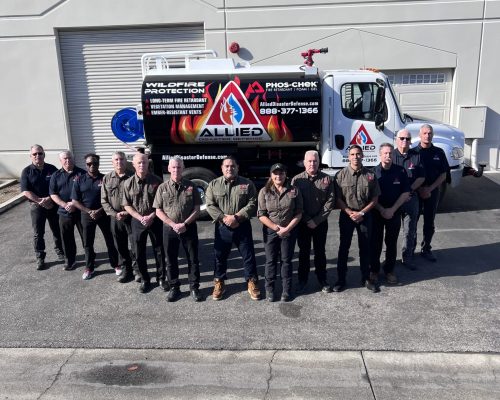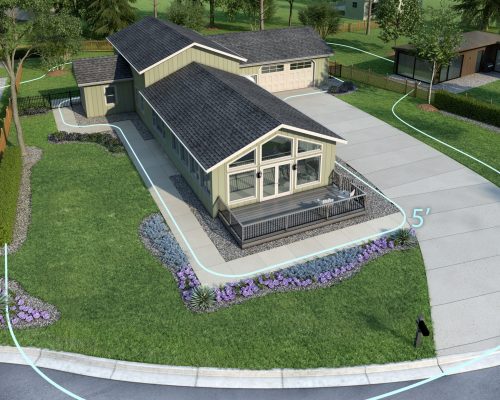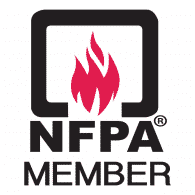Small changes to your home can reduce wildfire risk by up to 40%, and structural and vegetation improvements combined can lower wildfire risk by up to 75%. Furthermore, losses prevented can be much bigger (e.g. 5 times greater) when compared to a highly flammable environment. Some examples of home hardening solutions that will prevent your home from burning from the inside out is ember resistant vents. A lot of the times, the exterior build of the house is fire-resistant, like stucco, but the embers fly through the vents and causes the home to burn from the inside out. A simple addition of ember resistant vents significantly improves the chances of your home surviving the wildfires.
A combination of home hardening solutions, application of long-term fire retardant and reduction of fuel through vegetation management is the key to reducing wildfire risks at your property. Our team of experts can conduct a risk assessment to ensure your property is held at the highest standard from CALFire and the NFPA.




You can call us with the number on this website or fill out any form. Our team will then reach out to confirm a day and time our fire experts can conduct a risk assessment at your property.
Flying embers from a wildfire can destroy homes up to a mile away. Home hardening is the process of protecting openings and using ember-resistant materials such as fire-resistant vents, gutter guards and double pane window glass to increase the likelihood of survival when wildfire strikes.
Defensible space is a buffer between your home and the vegetation that surrounds it. This helps to slow or stop the spread of wildfire and provides firefighters a safe area to defend your home.
We spray within the first 5 feet of the home onto any vegetation that may pose a threat. The home itself should be built with fire resistant material and other home hardening solutions like ember proof vent guards and gutter guards. We conduct a home risk assessment to provide you with the best plan of action all around.
Depending on your property, generally we want to spray the first 0-30 feet (the intermediate zone) of your home. With larger properties with a lot of vegetation, we recommend vegetation management and additional application of fire retardants up to 100 feet of the property.
The Long Term Fire Retardant (LTR) will last throughout the rain season but generally significant rainfall would wash away the retardant. This will need to be reapplied regularly for optimal use.
Yes! The LTR is actually a fertilizer and safe to use around vegetation.
We recommend drip hoses or drip lines to water the roots without washing off the retardants.



